|
| Location |
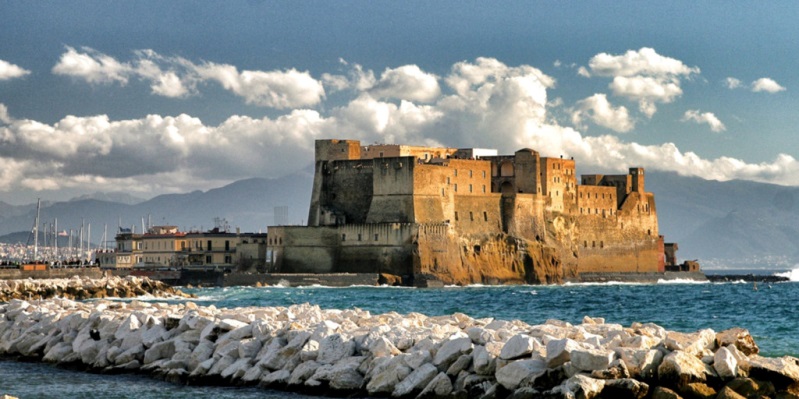 |
Castel dell'Ovo (in English, Egg Castle), built by the Normans in the 12th century,
is the oldest standing fortification in Naples and one of the elements that stand out most in the
famous landscape of the Gulf of Naples, with its historical charm and beauty offering a breath-taking
panorama of the city waterfront and the surrounding area.
The castle's name comes from a legend about the Roman poet Virgil, who had a reputation as a great predictor
of the future. In the legend, Virgil put a magical egg into the foundations to support the fortifications.
Had this egg been broken, the castle would have been destroyed and a series of disastrous events for Naples
would have followed.
Due to various events that have partly destroyed the original Norman appearance and thanks to subsequent
reconstruction work, the architectural line of the castle changed dramatically until it reached the present
state.
|
|
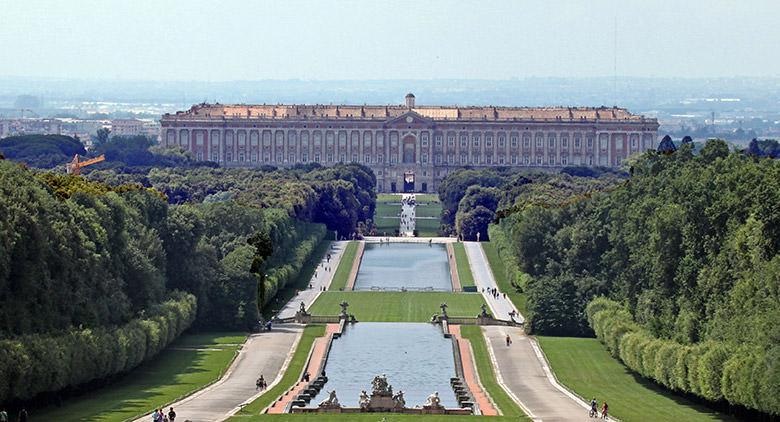 |
The Royal Palace of Caserta is the largest royal residence in the world and was declared a UNESCO
World Heritage Site in 1997.
This extraordinary monumental complex, located in the north of Naples, was planned in the second
half of the 18th century by the architect Luigi Vanvitelli, according to the wishes of Charles of
Bourbon to rival Versailles and Madrid in magnificence and grandeur. It includes a sumptuous palace
with 1,200 rooms, a royal park inspired by the gardens of the great European residences of the time,
gardens and wooded area, as well as the Aqueduct Carolino and the industrial complex of San Leucio,
built for the production of silk.
|
|
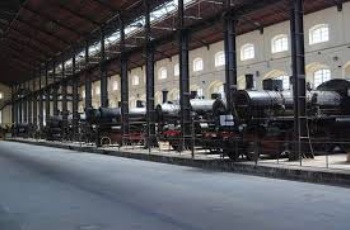 |
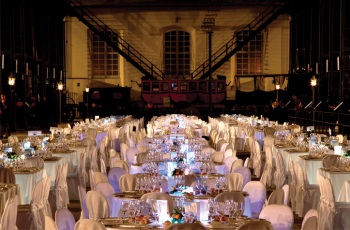 |
The Railway Museum of Pietrarsa is where the history of the Italian railways was born. On October 3, 1839,
the first railway in Italy was inaugurated in the Kingdom of the Two Sicilies. It was 7,411 metres long and
connected Naples to Portici, on the same route as the Naples-Salerno line, which today runs alongside the
Museum area. The route was covered in 11 minutes by two convoys.
Ferdinand II's ambitious aim was to free his Kingdom from the technological supremacy of England and France.
In 1842 the first building of the complex was built. The following year, a royal decree assigned the workshop
only to the construction and repair of locomotives and railway wagons.
After a long restoration project, the National Railway Museum of Pietrarsa has seen a real revival, becoming
a modern cultural centre.
|
|
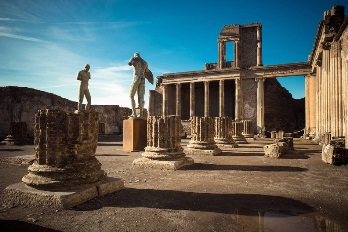 |
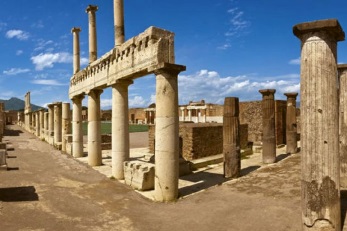 |
Ruins of Pompeii
Pompeii was an ancient Roman city founded in the 7th century b.C. and once inhabited by more than ten
thousand people. With its temples, buildings and theatres, Pompeii boasts the status of UNESCO World
Heritage Site since 1997.
The archaeological excavations of Pompeii are an extraordinary testimony of the history of Ancient
Rome, thanks to their incredible state of preservation that witness the tragic, but at the same time
fascinating, story of Pompeii. Time stopped in 79 A.D. when, following the powerful eruption of Vesuvius,
the ashes and lava covered the streets, buildings and inhabitants of this city, wiping it out forever.
|
|
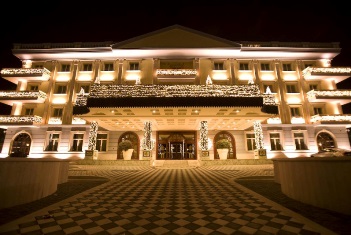 |
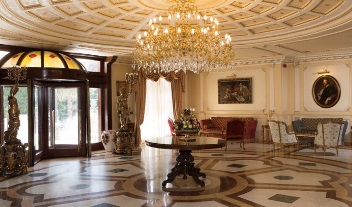 |
Grand Hotel Vanvitelli
The grandeur of the structure and the refinement of the furnishings make the Grand Hotel Vanvitelli
unique in its kind. The 250 rooms reflect the elegance of the large halls of the Royal Palace of Caserta,
combining the luxury of the furnishings with the comforts of technology.
The meeting centre of the Grand Hotel Vanvitelli is one of the main conference facilities in Campania in
terms of space and location.
In addition, the hotel features a large free parking available to clients, five restaurant rooms, a
fitness centre and an elegant and welcoming spa where guests can regenerate in full relaxation.
|
 |
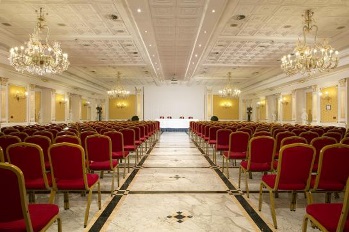 |
|
|
|

